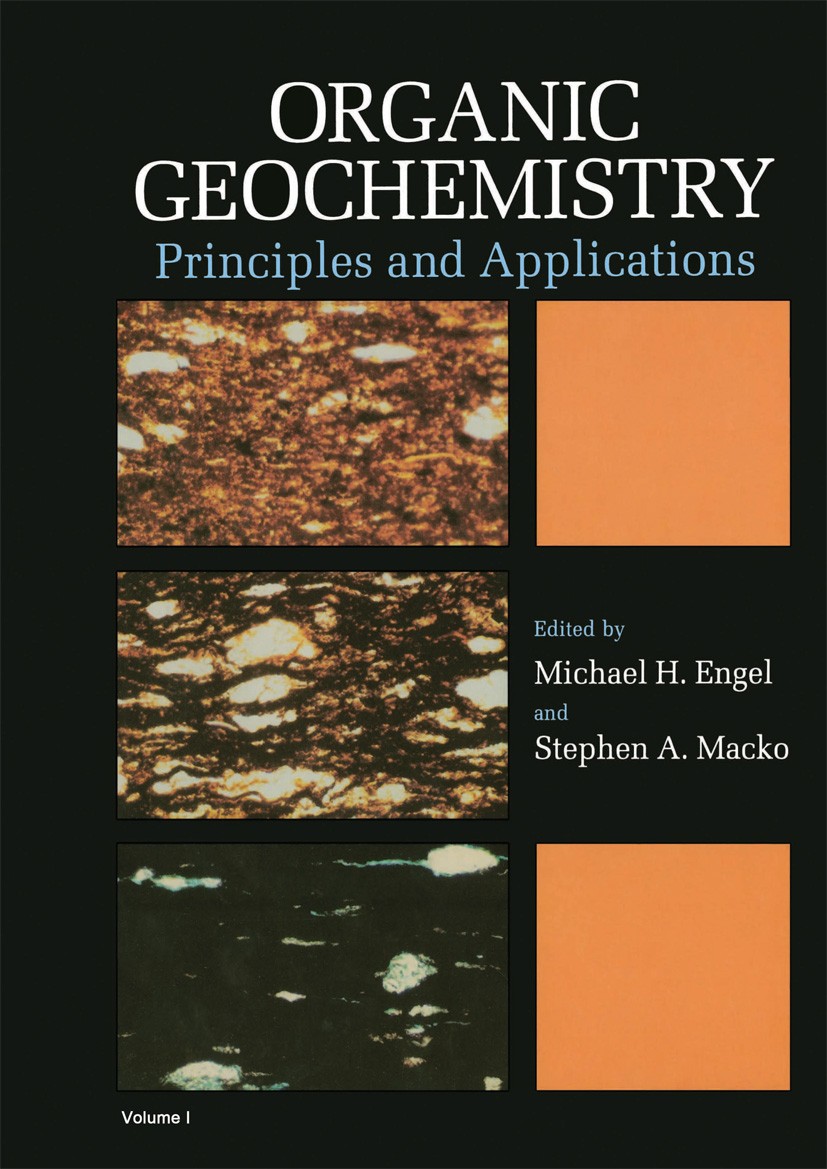The temporal distributions of seed-plant terpanes in petroleum samples: Implications as oil age-diagnostic biomarkers for crude oils
IF 2.5
3区 地球科学
Q2 GEOCHEMISTRY & GEOPHYSICS
引用次数: 0
Abstract
Gymnosperm and angiosperm are sister clades of seed-plants thriving on land since the Carboniferous and Cretaceous, respectively. Both biosynthesize specific terpenoids whose diagenetic hydrocarbon skeletons are preserved in geological samples as molecular fossils of seed-plants. Although the radiation of seed-plants has been well established, the temporal distributions of their biomarkers in geological samples remain poorly characterized. We defined angiosperm and gymnosperm ratios to quantify the relative abundances of seed-plant terpanes and examined the relationship between these ratios and geological age via well-studied, world-wide, petroleum samples deposited in various environments. Although angiosperm ratios show broad ranges in the Cretaceous – Tertiary samples, the Epoch-maxima increase from Early Cretaceous to Paleocene, and from Paleocene to Eocene-Miocene. Gymnosperm ratios remain low pre-Jurassic; however, the Period-maxima significantly increase from pre-Jurassic to Jurassic, and further increase from Jurassic to Cretaceous-Tertiary. These patterns are consistent with seed-plant evolution. We propose three age indicators: 1) O/(O + 29Ts) − an oleanane-based angiosperm ratio to distinguish age of Early Cretaceous or younger vs. Paleocene or younger vs. Eocene or younger; 2) Retene/(Retene + DBT) − a retene-based gymnosperm ratio to differentiate Jurassic or younger vs. Cretaceous or younger; and 3) under marine influence (DBT/P > 0.05), enrichment of retene [Retene/(Retene + DBT) > 0.3] and absence of oleanane [O/(O + 29Ts) < 0.04] indicative of Jurassic – Early Cretaceous. The three new age indicators improve age resolution of published age biomarkers from Era to Period level for oil age differentiation, a critical factor in de-risking petroleum systems.
石油样品中种子植物萜烷的时间分布:作为原油年龄诊断生物标志物的意义
裸子植物和被子植物是种子植物的姐妹分支,分别自石炭纪和白垩纪以来在陆地上茁壮成长。两者都能合成特定的萜类化合物,其成岩烃骨架以种子植物分子化石的形式保存在地质样品中。虽然种子植物的辐射已经很好地建立,但其生物标志物在地质样品中的时间分布特征仍然很差。我们定义了被子植物和裸子植物的比例,以量化种子植物萜类的相对丰度,并通过在世界范围内沉积在各种环境中的石油样本,研究了这些比例与地质年龄之间的关系。尽管被子植物的比例在白垩纪-第三纪样品中表现出广泛的变化,但从早白垩世到古新世,从古新世到始新世-中新世,时代最大值有所增加。裸子植物的比例在侏罗纪以前仍然很低;从前侏罗世到侏罗世,极大期明显增加,从侏罗世到白垩纪-第三纪进一步增加。这些模式与种子植物的进化一致。我们提出了三个年龄指标:1)O/(O + 29Ts) -和齐烷基被子植物比值,以区分早白垩世或更年轻与古新世或更年轻与始新世或更年轻;2) Retene/(Retene + DBT)—以Retene为基础的裸子植物比率,用于区分侏罗纪或更年轻与白垩纪或更年轻;3)受海洋影响(DBT/P >;0.05), retene富集[retene /(retene + DBT) >;0.3]和齐烷的缺失[O/(O + 29Ts) <;0.04]代表侏罗纪-早白垩纪。这三个新的年龄指标提高了已公布的年龄生物标志物从时代到时期水平的年龄分辨率,以区分石油年龄,这是降低石油系统风险的关键因素。
本文章由计算机程序翻译,如有差异,请以英文原文为准。
求助全文
约1分钟内获得全文
求助全文
来源期刊

Organic Geochemistry
地学-地球化学与地球物理
CiteScore
5.50
自引率
6.70%
发文量
100
审稿时长
61 days
期刊介绍:
Organic Geochemistry serves as the only dedicated medium for the publication of peer-reviewed research on all phases of geochemistry in which organic compounds play a major role. The Editors welcome contributions covering a wide spectrum of subjects in the geosciences broadly based on organic chemistry (including molecular and isotopic geochemistry), and involving geology, biogeochemistry, environmental geochemistry, chemical oceanography and hydrology.
The scope of the journal includes research involving petroleum (including natural gas), coal, organic matter in the aqueous environment and recent sediments, organic-rich rocks and soils and the role of organics in the geochemical cycling of the elements.
Sedimentological, paleontological and organic petrographic studies will also be considered for publication, provided that they are geochemically oriented. Papers cover the full range of research activities in organic geochemistry, and include comprehensive review articles, technical communications, discussion/reply correspondence and short technical notes. Peer-reviews organised through three Chief Editors and a staff of Associate Editors, are conducted by well known, respected scientists from academia, government and industry. The journal also publishes reviews of books, announcements of important conferences and meetings and other matters of direct interest to the organic geochemical community.
 求助内容:
求助内容: 应助结果提醒方式:
应助结果提醒方式:


